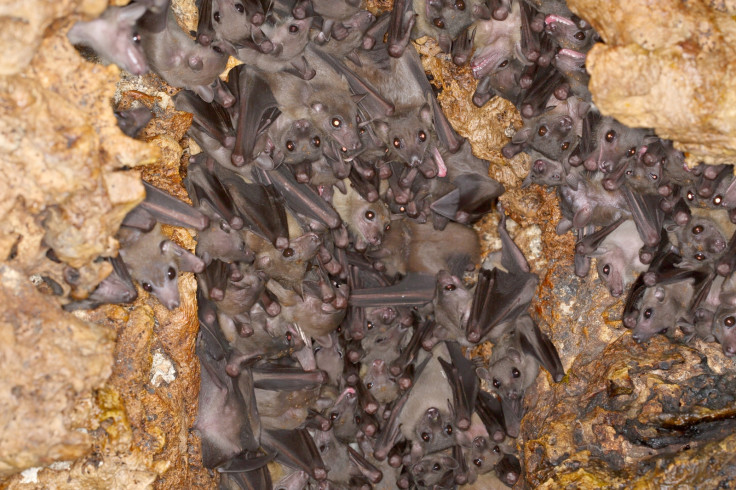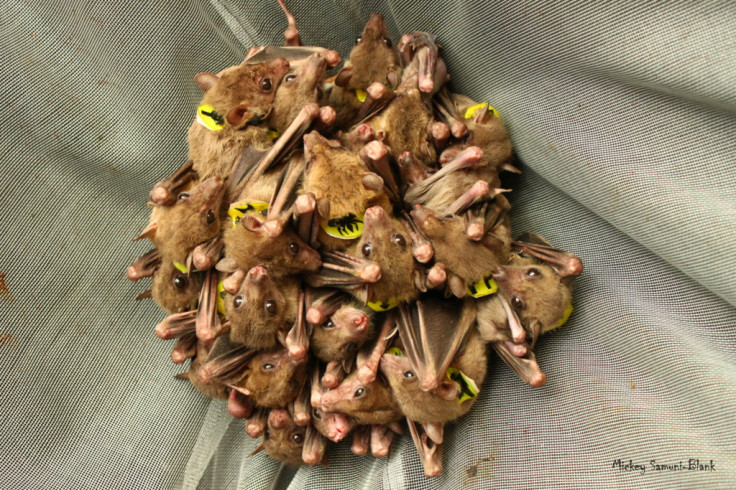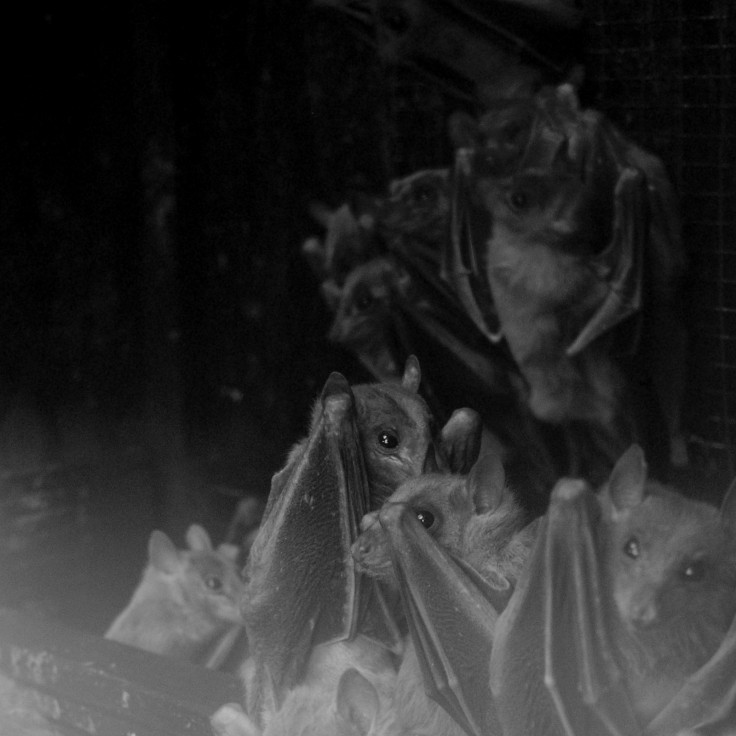Cozy looking bat colonies are actually hotbeds of disputes about food and sex
Egyptian bats look cute but they never seem to stop squabbling over food, mating and who perches where.
Scientists are starting to decode exactly what bats are saying to each other – and it's mostly a lot of bickering.
Bats are very sociable animals and often live in large colonies of thousands of individuals in a single cave, and have a lifespan of up to 30 years. As might be expected, living in these conditions can bring its stresses and strains. It turns out that bat communication is often targeted at a particular individual and can lead to a predictable outcome, finds a study published in the journal Scientific Reports.

Researchers in Israel tracked every movement of small a group of Egyptian fruit bats for two and a half months. They captured a total of more than 160,000 calls between a group of just 12 adult bats and 10 pups, taken from a colony of up to 10,000 bats roosting near Herzliya in Israel. The bats were released after the research was finished, study author Yossi Yovel, a zoologist at Tel Aviv University, told IBTimes UK.
"When you enter a bat cave you hear a lot of 'gibberish' – a cacophony of aggressive bat noise. But is this merely shouting or is there information amid the noise?" said Yovel in a statement.
"Previous research presumed that most bat communication was based on screaming and shouting. We wanted to know how much information was actually conveyed – and we wanted to see if we could, in fact, extract that information."
What was all the fuss about?
Using modified software for human speech recognition, they found that bats didn't just broadcast messages to the group, but often directed their calls to a particular individual. The scientists analysed about 15,000 calls made during the bats' day-to-day interactions and were able to identify in which specific contexts the bats used those calls.
"We have found that bats fight over sleeping positions, over mating, over food or just for the sake of fighting," Yovel said.

"To our surprise we were able to differentiate between all of these contexts in complete darkness, and we are confident bats themselves are able to identify even more information and with greater accuracy – they are, after all, an extremely social species that live with the same neighbours for dozens of years."
The researchers could identify whether the bat was addressing a friend or foe, and could predict what was likely to happen after the call – for instance, whether a pair of bats move apart or put up with one another and stay put.
"We found, in our research, that bat calls contain information about the identities of the caller and the addressee, which implies that there is a recognition factor. We were also able to discern the purpose and the context of the conversation, as well as the possible outcome of the 'discussion.'"
Understanding how bats communicate – even if it's just bickering – is important for understanding the evolution of human language as well as decoding the interactions of other species, says Yovel. His next steps in the research include analysing different bat accents and seeing how a bat can fit into new social groups.

© Copyright IBTimes 2025. All rights reserved.





















